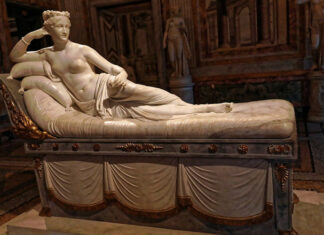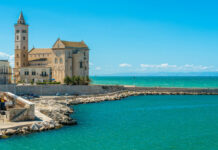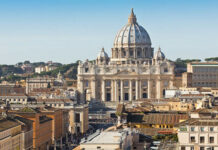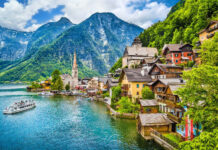Gian Lorenzo Bernini’s “The Ecstasy of Saint Teresa”

Palazzo Barberini is home to one of Gian Lorenzo Bernini’s most celebrated sculptures – “The Ecstasy of Saint Teresa.” This stunning masterpiece can be found in the Cornaro Chapel. The sculpture captures the moment of religious ecstasy experienced by Saint Teresa of Ávila. Bernini’s genius is evident in the lifelike portrayal of Teresa’s enraptured expression and the flowing drapery that adds a sense of movement to the scene. The play of light within the chapel enhances the drama of the sculpture, making it a breathtaking and spiritual experience for visitors.
Caravaggio’s “Judith Beheading Holofernes”

The Palazzo Barberini boasts an impressive collection of Caravaggio’s works, and among them, “Judith Beheading Holofernes” is a standout masterpiece. This intense and graphic portrayal of the biblical story is a testament to Caravaggio’s mastery of chiaroscuro – the dramatic use of light and shadow. The painting depicts the moment when Judith, assisted by her maid, beheads the Assyrian general Holofernes. The visceral and raw emotion captured by Caravaggio makes this artwork a compelling and unforgettable piece in the gallery.
Pietro da Cortona’s Ceiling Frescoes
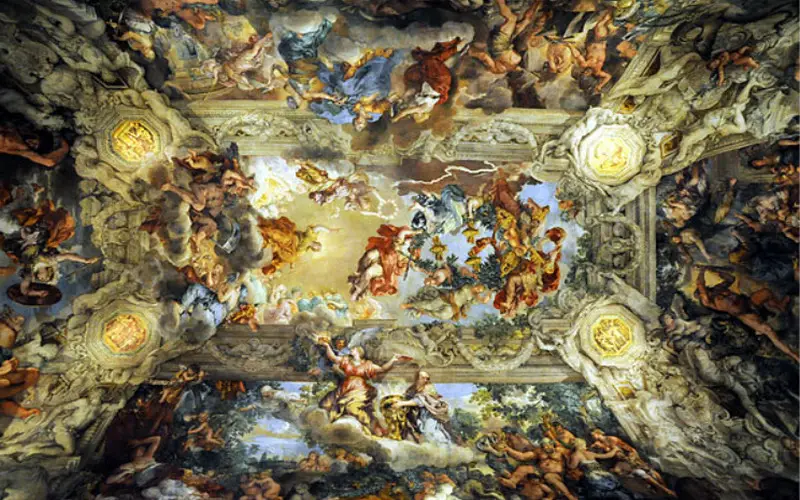
As you wander through the palace’s opulent rooms, don’t forget to look up and marvel at the breathtaking ceiling frescoes by Pietro da Cortona. The grandeur of the ceiling paintings in the main salon is nothing short of awe-inspiring. Cortona’s masterful use of perspective and illusion creates a sense of grandiosity and splendor. The frescoes depict scenes from Roman mythology, blending seamlessly with the overall Baroque aesthetic of the palace. Take your time to appreciate the intricate details and the sheer scale of these remarkable artworks.
Hans Holbein the Younger’s “Portrait of Henry VIII”
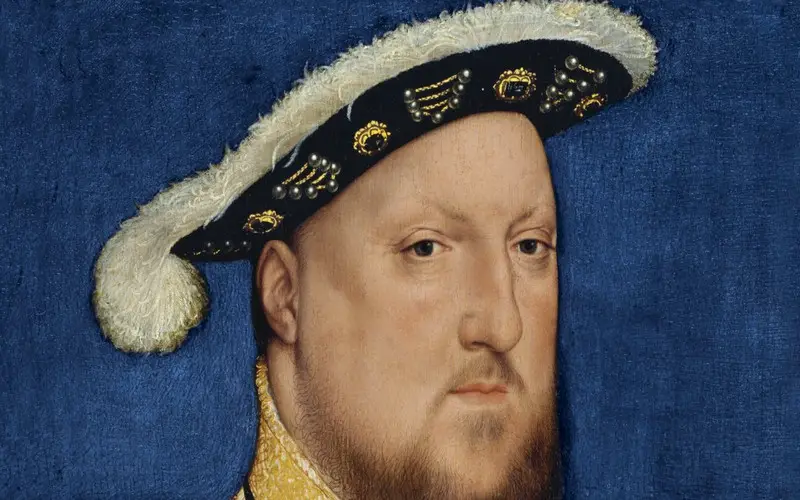
For those fascinated by the Tudor era, Palazzo Barberini holds a gem – Hans Holbein the Younger’s “Portrait of Henry VIII.” This captivating depiction of the infamous English monarch showcases Holbein’s skill in capturing the nuances of royal portraiture. The painting’s attention to detail, from the rich fabrics of Henry’s attire to the penetrating gaze of his eyes, transports viewers back to the tumultuous reign of one of history’s most iconic figures. The portrait stands as a testament to the power and personality of Henry VIII.
Raphael’s “La Fornarina”
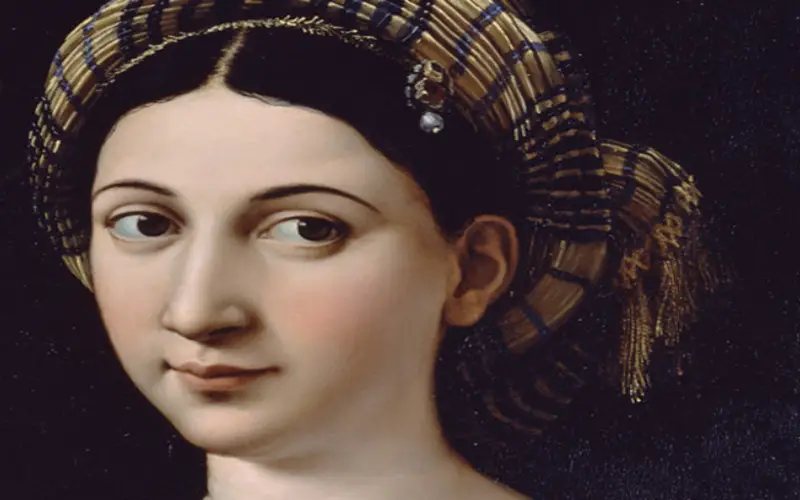
Raphael’s “La Fornarina” is a sensuous and intimate portrait that graces the walls of Palazzo Barberini. The painting is believed to be a portrayal of Raphael’s lover, a woman from a family of bakers – hence the title, which translates to “The Baker’s Daughter.” The artist’s skill in capturing both the physical beauty and emotional depth of his subject is evident in this exquisite masterpiece. The play of light on the model’s skin and the rich colors used by Raphael contribute to the overall allure of “La Fornarina.”
Palazzo Barberini, with its rich history and opulent surroundings, is a cultural gem in the heart of Rome. The collection of artworks within its walls showcases the brilliance of renowned artists and provides a glimpse into the artistic and cultural landscape of different eras. From the religious fervor depicted in Bernini’s “The Ecstasy of Saint Teresa” to the raw intensity of Caravaggio’s “Judith Beheading Holofernes,” each artwork in Palazzo Barberini tells a unique story that adds to the richness of the gallery. Visiting this magnificent palace is not just a journey through art history but a visual feast for the senses that will leave a lasting impression on anyone fortunate enough to explore its halls.







